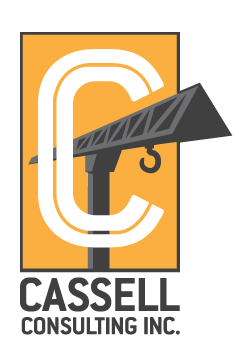A colleague and friend of many years, Dominick Rose of CDM Engineering, introduced me to several months ago to the Omni-Class standard of construction classification. Omni-Class is a well-organized, multi-faceted methodology whose goal is, by its own definition to, “describe the Built Environment.” A lot of smart people spent a lot of time designing this elegant schema, and it works. It uses multiple tables, each a wholly separate, organizational hierarchy, classifying various facets of construction differently. To name just a few of its several tables: Table 11 (Construction Entities by Function), sorts completed projects by function, assigning a numeric index to each primary type, (maunufacturing, education, medical, etc.) with a subset within each major type to all the numerous minor facility types and uses. It’s a well-designed method of organizing the entire spectrum of facility types; all neatly finished and ready for us to use. Omni-Class includes the complete 2004/2010 Construction Specifications Institute’s (CSI) Masterformat index in its entirety in its Table 22 (Work Results). In its Table 21 (Elements), is the complete Uni-Format index, (with the significant improvement of an entirely numeric form. In my opinion, alpha indexes are klunky and cumbersome). Last and certainly not least of its advantages, Omni-Class is an open standard, not requiring membership or usage fees. Several other tables use alternate classification methods to achieve different organizational results, providing the most comprehensive set of options anywhere.
So whether you’re looking for a better job cost tracking system, (consider an adaptation of Table 21 or 22), or a historical estimate-tracking database, (Table 11), you likely will find Omni-Class to be the definitive resource you’re looking for to get you started on the right foot. (And thanks, Dominick!)
Digital Dryshack #52: OmniClass for Job Cost
Latest Post

Upcoming P6 Training in Honolulu: May 2024
2024-03-29
No Comments

JobCost Coding Best Practices
2023-11-02
No Comments

Meet the New Cassell Consulting: Your Partner in Construction Technology
2023-10-20
No Comments
Sage Estimating to Vista Exporting Tool
2023-10-05
No Comments
Refresh Timberline Rate Tables in an Estimate
2023-10-05
No Comments
Related posts
Timberline Software Support – Estimating Issues & Solutions
Timberline Software Support Issues Listed below are 4 common Timberline Estimating issues and their solutions. 1. Issue: Attempting to open a Timberline Estimate, message appears, “File needs
Timberline Estimating Training
Timberline Estimating Training – Bid Day Emergency – File Won’t Open I had an urgent support call recently from one of our Montana contractors who
Estimating Controls
Does this sound familiar at your company? 1. Bids are time‐consuming 2. Job costing is tedious 3. We’re too busy to change now‐ and besides
The Five Basics of Fundamentally Sound Construction Operations
The Five Basics of Fundamentally Sound Construction Operations 1. Accurate Estimating a. Build the entire job, step by step in your head b. Take a

